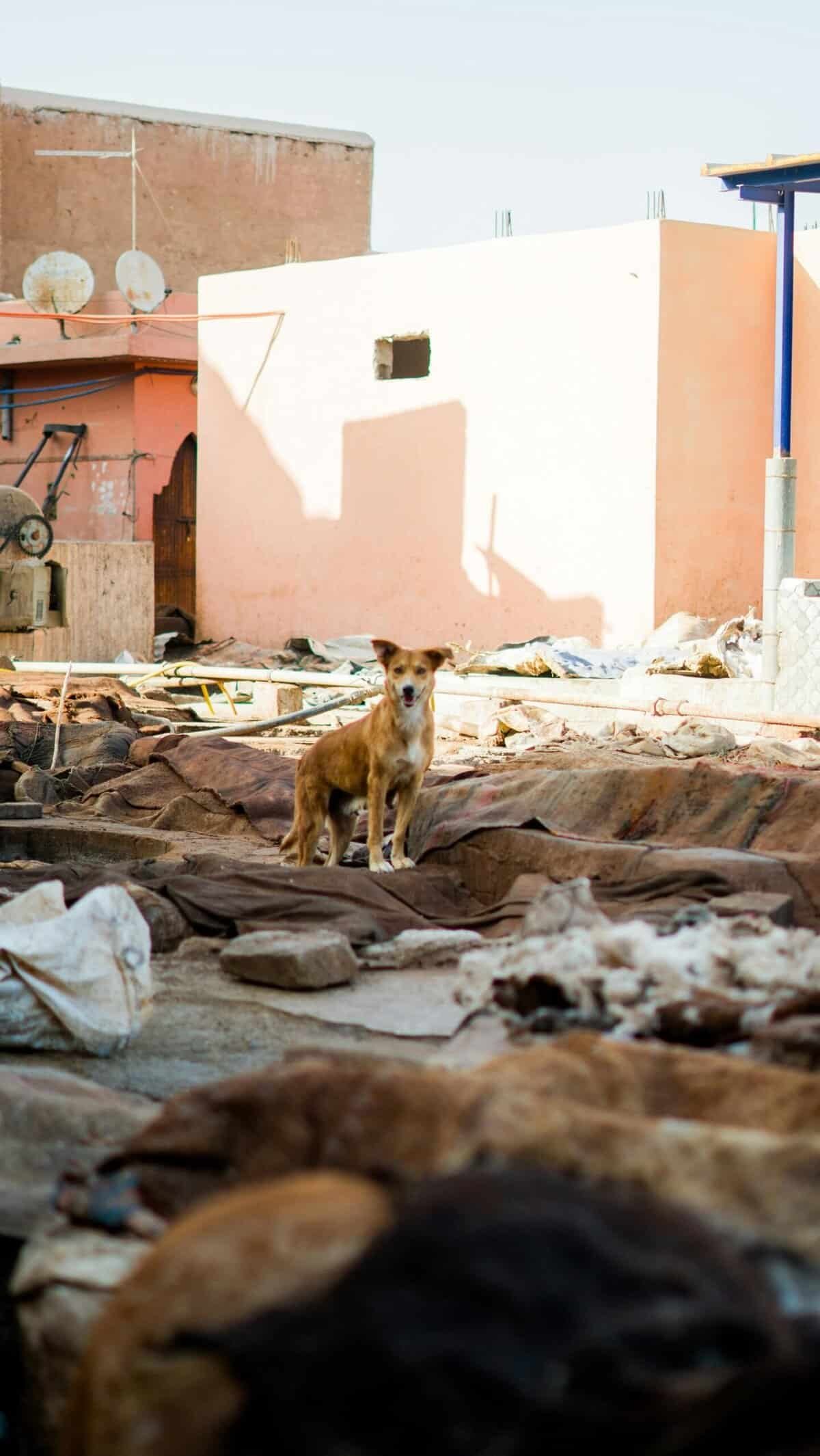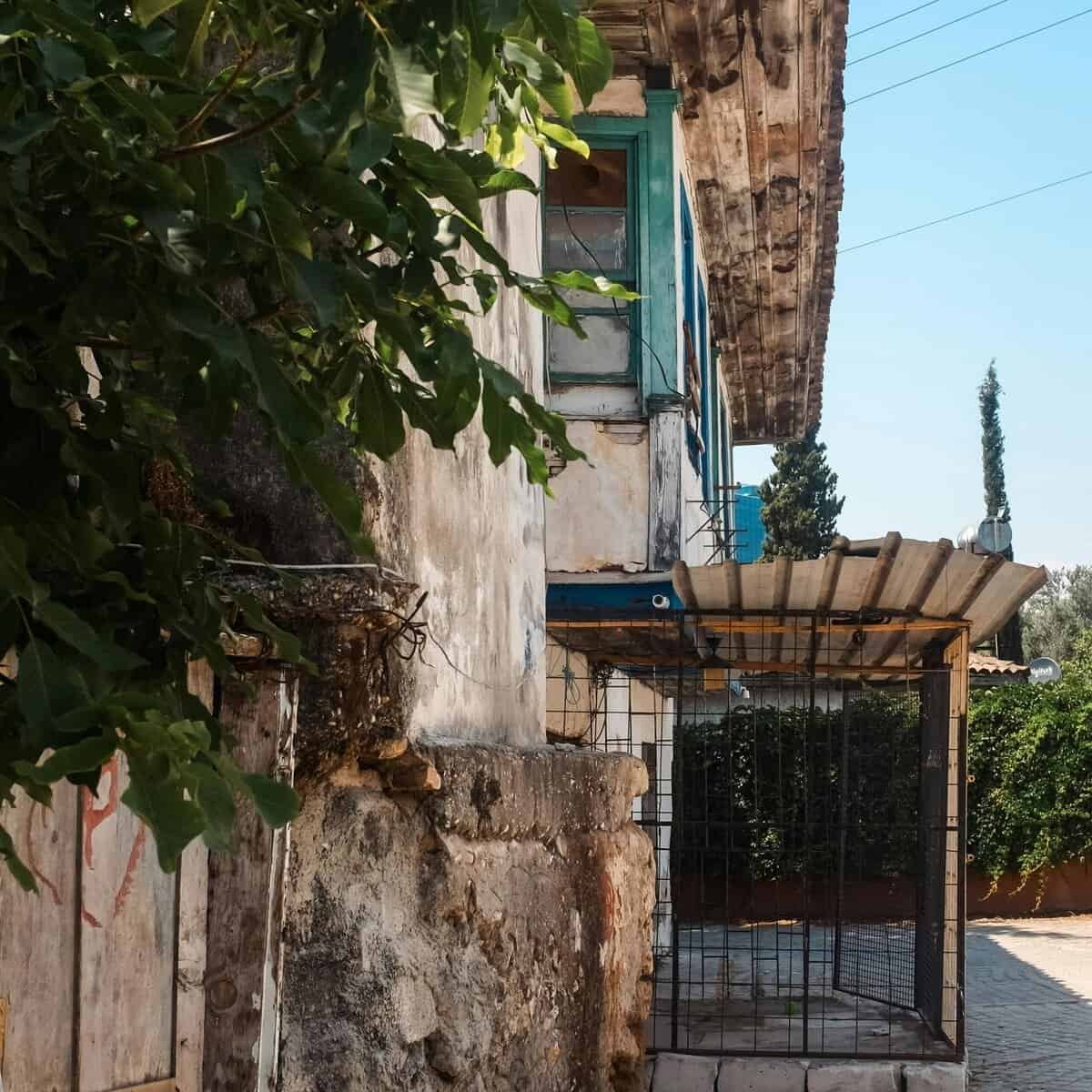?Do you have an abandoned well on your property and want to make sure it’s sealed safely so it won’t become a hazard or source of contamination?

How Do I Safely Seal An Abandoned Water Well?
This article walks you through the practical, legal, and safety steps for sealing an abandoned water well. You’ll get clear options for DIY vs professional work, materials and equipment guidance, and a checklist so you can take action with confidence.
Why sealing an abandoned well matters
Sealing an abandoned well prevents accidental injury, protects groundwater from surface contaminants, and helps you comply with local laws. If a well is left open or improperly filled, it can act as a direct pathway for pollutants to reach aquifers you rely on for drinking water.
Legal and regulatory overview
Requirements vary by state, county, and municipality, so you must check local rules before you begin. Many jurisdictions require permits, specify acceptable sealing methods and materials, and may require a licensed well contractor to complete the work.
Before you begin: initial assessment
Start by documenting the well’s location, type (dug, drilled, bored), depth, casing condition, and any visible hazards. Two good early actions are calling your state or county well program and taking photos; both help you determine required permits and whether professional help is needed.
Common hazards and safety concerns
Wells can be hazardous in ways you might not expect: unstable edges, risk of falling, contaminated water, toxic gases, and confined-space hazards. Never enter a well without trained personnel, gas monitoring, and rescue equipment.
Types of wells and how that changes the approach
Different well types require different sealing methods. Learn which category your well falls into so you can choose the right materials and method.
Dug wells
Dug wells are relatively shallow and often lined with stone or brick. You’ll typically be able to access the bottom, but they may collapse easily, so you must take care when working near the sides.
Drilled wells
Drilled wells are usually deeper and have a steel or PVC casing. These wells often require grout fills introduced through a tremie pipe from the bottom upward to avoid voids.
Bored wells and artesian conditions
Bored wells are similar to drilled wells but may have larger diameters. Artesian wells may flow; you must control the flow before sealing to safely add grout or bentonite.
When you should hire a licensed well contractor
Hire a contractor if the well is deep, the casing is in poor condition, artesian flow exists, or local regulations require a licensed professional. You should also hire a pro if you don’t have experience handling tremie pumps, grout mixes, or confined-space entry procedures.
Tools and materials you may need
This table lists commonly used tools and materials and what they’re for. Your specific project may not require everything on this list; local regulations will indicate acceptable materials.
| Item | Typical use |
|---|---|
| Personal protective equipment (PPE) — gloves, eye protection, respirator, hard hat, steel-toe boots | Protects you from debris, dust, chemicals, and fall hazards |
| Bailer or submersible pump | Removes water from the well prior to sealing (if required) |
| Tremie pipe or grout hose | Delivers grout from the bottom up in drilled wells |
| Cement-bentonite grout (or neat cement) | Primary material for permanently filling drilled wells |
| Bentonite clay (pellets or powder) | Often used as a seal in upper casing intervals or for small, shallow wells |
| Mechanical packer or inflatable packer | Creates temporary plugs inside casing to facilitate partial fills |
| Ropes, harness, fall arrest system | Required for safe work near or over wells |
| Shovels, backhoe, auger | Needed for removing surface casing or for digging around dug wells |
| Concrete or steel plate | For surface sealing or permanent caps above grade |
| Well cap or threaded well seal | For temporary capping if immediate permanent sealing isn’t possible |

Acceptable sealing materials — what’s commonly used
Regulatory programs usually accept cement-bentonite grouts or neat cement for drilled wells and compacted native fill combined with clean granular material and bentonite for shallow dug wells. Avoid using garbage, rubble, or unconsolidated fill materials that can create pathways.
Step-by-step: preparing the site
Before any physical work, secure the area, call your utility-locate service (811 in the U.S.) to avoid underground utilities, and notify neighbors if required. Assemble documentation like well logs, property maps, and any prior permits to streamline the permitting process.
1. Locate and map the well
Confirm the well’s exact location and mark it clearly so you and any contractors can work safely. Accurate mapping helps with permit applications and future property transfers.
2. Check for utilities and underground hazards
Call your local utility locate service to mark gas, electrical, water, or sewer lines. Hitting a line while digging or removing surface casing could be dangerous and costly.
3. Obtain required permits and approvals
Contact your state or county health or environmental agency to determine which permits you need. Some areas require a formal abandonment notice or a sealed report filed by a licensed contractor.
Step-by-step: sealing a dug well (typical small-diameter shallow well)
Dug wells can often be sealed by removing loose materials, collapsing the lining, and filling the hole in layers with compacted material and a sealing layer.
1. Remove pumps and foreign materials
Take out any pumps, pipes, or debris before filling. These items can create voids or degrade over time and compromise the seal.
2. De-water if necessary
If the well is water-filled and regulations require dry placement of fill materials, remove water with a pump or bailer. For some methods, placing grout into standing water may be permitted using a tremie.
3. Collapse lining or remove casing above grade
If the dug well has unstable brick or stone lining, either collapse it safely or remove the unstable materials from the top down. Be careful to avoid destabilizing the sides.
4. Fill with compacted layers
Fill the well from the bottom up with selected fill: large stone or clean gravel at the bottom, followed by compacted native soil mixed with sand. Finish with a sealing layer of bentonite or cement for the uppermost section.
5. Surface seal and grade
Place 2–3 feet of bentonite or grout near the top for a surface seal, then cover with compacted soil and a concrete slab or marker to prevent future disturbance.
Step-by-step: sealing a drilled well (typical deep well)
Drilled wells usually require grout placement from the bottom of the well to the surface to eliminate vertical pathways.
1. Remove aboveground equipment and assess casing
Remove pumps, wiring, and aboveground piping. Measure casing diameter, depth, and check casing integrity.
2. Remove casing if required and feasible
If local rules require removing the casing to a specified depth below grade, extract it with appropriate equipment. If you can’t remove the casing, you’ll likely use internal sealing methods.
3. Install tremie pipe or grout hose to the bottom
Lower a tremie pipe to the bottom of the well; this lets you place grout and ensure it fills the annular space from the bottom up without trapping air.
4. Prepare and pump grout
Mix cement-bentonite grout per manufacturer or regulatory specifications. Pump grout down the tremie while slowly withdrawing the pipe so the grout fills the well from the bottom to the top, displacing water upward.
5. Surface seal and finishing
When grout reaches the surface, finish with a surface seal: bentonite or concrete pad per local requirements. Backfill and restore the site.

Proper grout placement techniques
Grout must be placed continuously from bottom to top to avoid voids. A tremie pipe and a grout pump give the most reliable outcome. If a tremie isn’t available, using a bailer that allows grout deposition near the bottom can work for shallow wells but carries more risk of voids.
Dealing with flowing or artesian wells
If water flows under pressure, you must control the flow before attempting to grout. This can mean temporarily pumping or installing a shut-off device. For flowing wells, state programs usually require a licensed contractor with experience in controlling flow during sealing.
Confined space and gas hazards — do not enter alone
You must treat wells as confined spaces. If you need to access the well interior, ensure you have atmospheric monitoring (oxygen, H2S, combustible gases), a written rescue plan, and trained personnel. It’s safer and often required by law to have professionals handle confined-space entry.
Common mistakes to avoid
Avoid using rubble, trash, or organic material as fill; that creates long-term pathways for contamination. Don’t guess about local rules—failure to follow regulations can result in fines or being required to redo the work. Don’t enter a well without training.

Cost estimates and factors that affect price
Costs vary widely depending on depth, accessibility, local labor rates, and whether a licensed contractor is required. This table summarizes approximate cost ranges.
| Project type | Typical cost range (USD) | Key cost drivers |
|---|---|---|
| DIY shallow dug well (<10 ft)< />d> | $100–$800 | Material cost, rental tools, time |
| Professional shallow well sealing | $500–$2,000 | Contractor fees, access, materials |
| Deep drilled well (<100 ft) professional< />d> | $1,500–$5,000+ | Depth, grout volume, specialized equipment |
| Complex or artesian well | $3,000–$10,000+ | Flow control, safety requirements, complexity |
Note: These are ballpark numbers; get local quotes and verify permit fees.
Choosing and hiring a contractor
Select a contractor licensed in well drilling or abandonment where required. Ask for references, proof of insurance, examples of completed projects, and for them to file the abandonment report with the local authority if required. Get at least three written estimates and compare methods, not just price.
Questions to ask a potential contractor
Always verify experience with the specific well type and the local permitting process. Ask whether they use tremie methods, what grout mix they use, and how they document the abandonment.
Permits, documentation, and reporting
After sealing, most jurisdictions require a closure form or report that includes the method, materials, depth, and a map or GPS location. Keep copies for your records and for future property transactions.
Monitoring and post-sealing checks
Inspect the sealed well area periodically for settling or disturbance. If grout was used, signs of failure include wet depressions, unusual pooling, or sinking ground where the fill may have settled.

Environmental considerations and groundwater protection
A proper seal prevents surface contaminants like fertilizers, pesticides, or animal waste from reaching drinking water aquifers. You should also evaluate the area around the well for sources of contamination and take corrective actions (e.g., divert surface runoff, fix leaky septic systems).
Temporary closure vs permanent abandonment
Sometimes you may temporarily cap a well for repair or seasonal use; temporary caps are not a substitute for permanent abandonment. Make sure any temporary solution is clearly documented and marked, and that you plan for permanent sealing when appropriate.
Recordkeeping and how to document the work
Create a file with: permit approvals, contractor invoices, photos before/during/after work, well log data, and the final abandonment report. Attach GPS coordinates and any legal descriptions. These records protect you legally and help with future property transfers.
Special cases and troubleshooting
Some wells present unique challenges: collapsed casing, debris-filled wells, wells under buildings, or wells with unknown depth. For these cases, err on the side of hiring experienced professionals and involve regulatory authorities early.
Collapsed or partially filled wells
If the well has collapsed materials or significant debris, professional removal and careful dewatering may be necessary before grout placement to ensure full sealing.
Wells under structures or near property lines
Close proximity to structures or boundaries may require structural considerations or neighbor coordination. Notify adjacent property owners if the well straddles a boundary.
Alternatives to abandonment — repurposing wells
Before sealing, consider if the well can be decommissioned and repurposed as a monitoring well, geothermal bore, or for irrigation after testing and upgrades. You must follow local rules for conversion, and repurposing may require additional permits and maintenance responsibilities.
Step-by-step checklist (summary)
This table gives a concise checklist you can follow.
| Step | Action |
|---|---|
| 1 | Identify well type and document location |
| 2 | Call utility-locate service and notify authorities |
| 3 | Check local regulations and apply for permits |
| 4 | Decide on DIY vs professional based on depth and hazards |
| 5 | Remove pumps and foreign objects |
| 6 | Dewater if necessary and safe |
| 7 | Place grout or fill according to approved method |
| 8 | Finish with surface seal and restore site |
| 9 | File abandonment report and keep records |
| 10 | Monitor site for settling and integrity |
How long does the process take?
A small DIY project on a shallow dug well might take one to three days including prep and finishing. A permit approval may add days to weeks. Professional sealing of a drilled well often takes a day or two for the field work but scheduling and paperwork can extend the timeline.
Frequently asked questions (FAQ)
This section answers common concerns you might have as you plan a sealing project.
Will sealing an abandoned well affect my property value?
A properly sealed well can remove a liability and may actually improve the marketability of your property. Unsealed or improperly sealed wells can be a deterrent to buyers and may complicate sales.
Can I use concrete debris or rubble to fill the well?
No. Using rubble, garbage, or other unconsolidated materials can create long-term pathways for contaminants. Use approved materials like cement-bentonite grout or compacted clean fill per your local regulations.
Do I need to notify my neighbor if the well is near a property line?
Yes, it’s good practice to notify them and you may be legally required to obtain permission if the well straddles a boundary. Coordination reduces disputes and ensures compliance.
What if the well is on rented land or a neighbor’s property?
You need permission from the landowner to access and seal the well. If the well is abandoned and poses a hazard, contact the local health or environmental authority for guidance.
What documentation will local authorities require after sealing?
Most will want an abandonment report that includes location (GPS), well depth, materials used, method, and a contractor or owner declaration. Keep your copy for future proof.
Final safety reminders
Never enter a well without training, atmospheric monitoring, and a rescue plan. Don’t work alone near open wells. If the job involves heavy machinery, deep pumping, or handling grout at depth, hire a licensed professional.
Final action steps for you
If you haven’t yet done anything: (1) locate the well and take pictures, (2) call your local well program or health department to ask about permitting and required procedures, (3) call 811 or your local utility-locate service, (4) gather at least three contractor estimates if the job is complex, and (5) document the work and file the required reports.
Resources and contacts to get started
Contact your state or county health department or environmental agency’s well program for regulations and permitted grouting materials. If you’re in the U.S., your state’s department of natural resources or environmental protection office can direct you to licensed well contractors. For immediate safety concerns, call local emergency services.
Closing thoughts
Sealing an abandoned well is an important step to protect your household, neighbors, and groundwater. With the right information, appropriate permits, and either well-chosen DIY methods or a qualified contractor, you can eliminate the hazard and ensure long-term safety and compliance.
